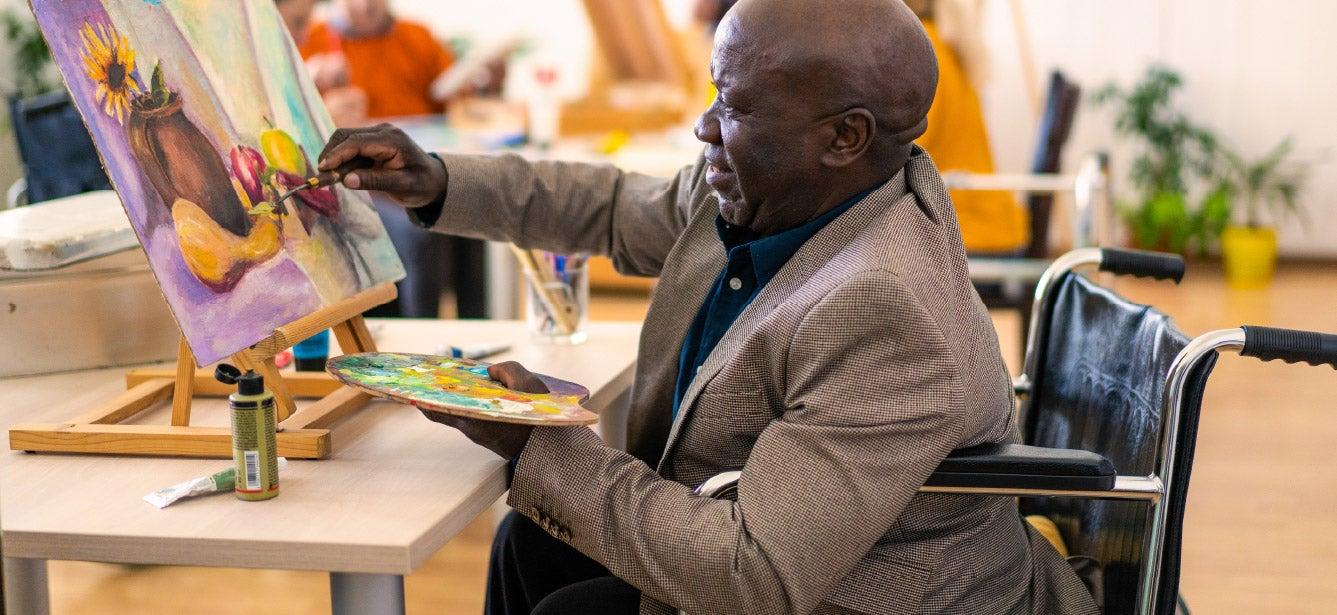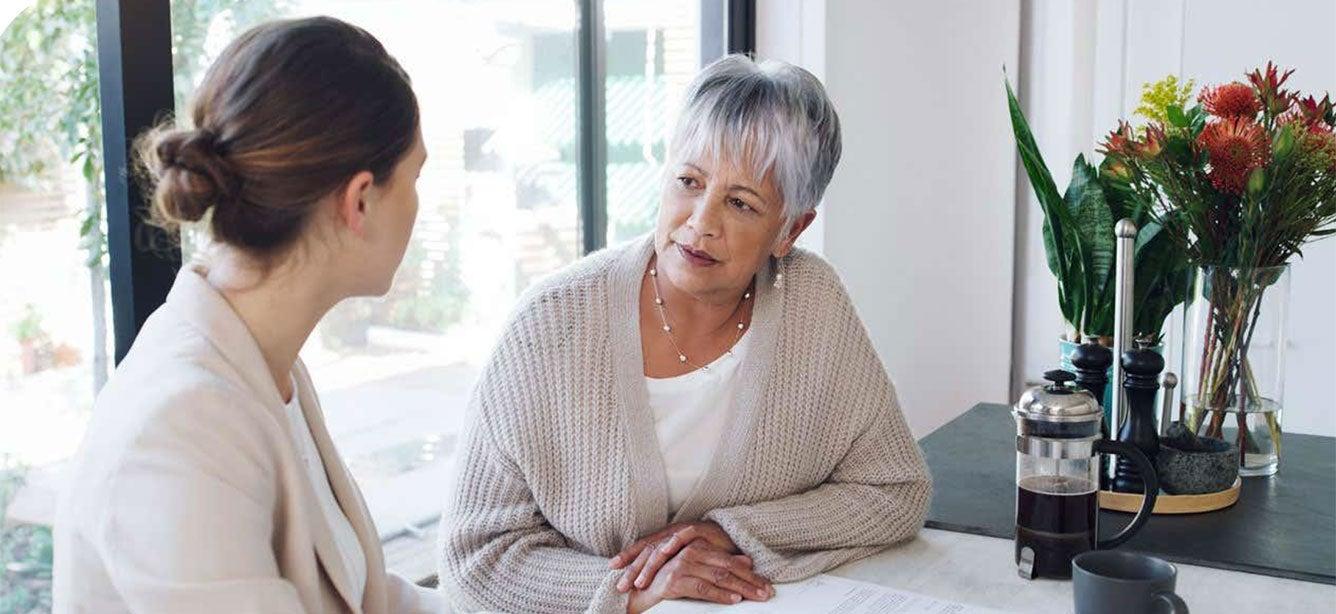
Related Topics
An estimated 8,618 older Americans (ages 60+) died from suicide in 2010. Although the rate of suicide for women typically declines in older age, it increases with age among men. Older men die by suicide at a rate that is more than seven times higher than that of older women. The incidence of suicide is particularly high among older, white males (30.3 suicides per 100,000). Notably, the rate of suicide in the oldest group of white males (ages 85+) is over four times higher than the nation’s overall rate of suicide.1
The Substance Abuse and Mental Health Services Administration (SAMHSA) and Administration on Aging (AoA) recognize the value of strong partnerships for addressing behavioral health issues among older adults. This Issue Brief is intended to help health care and social service organizations develop strategies to prevent suicide in older adults by providing:
- Information on the prevalence, risk factors, and lethality of suicide attempts in older adults;
- Recommendations on universal, selective, and indicated prevention strategies;
- Guidance for health and human service professionals on how to assess suicide risk and take appropriate actions to keep an older adult safe; and
- Suggestions and Resources to help aging services, behavioral health, and primary care providers develop and adopt effective suicide prevention programs.



